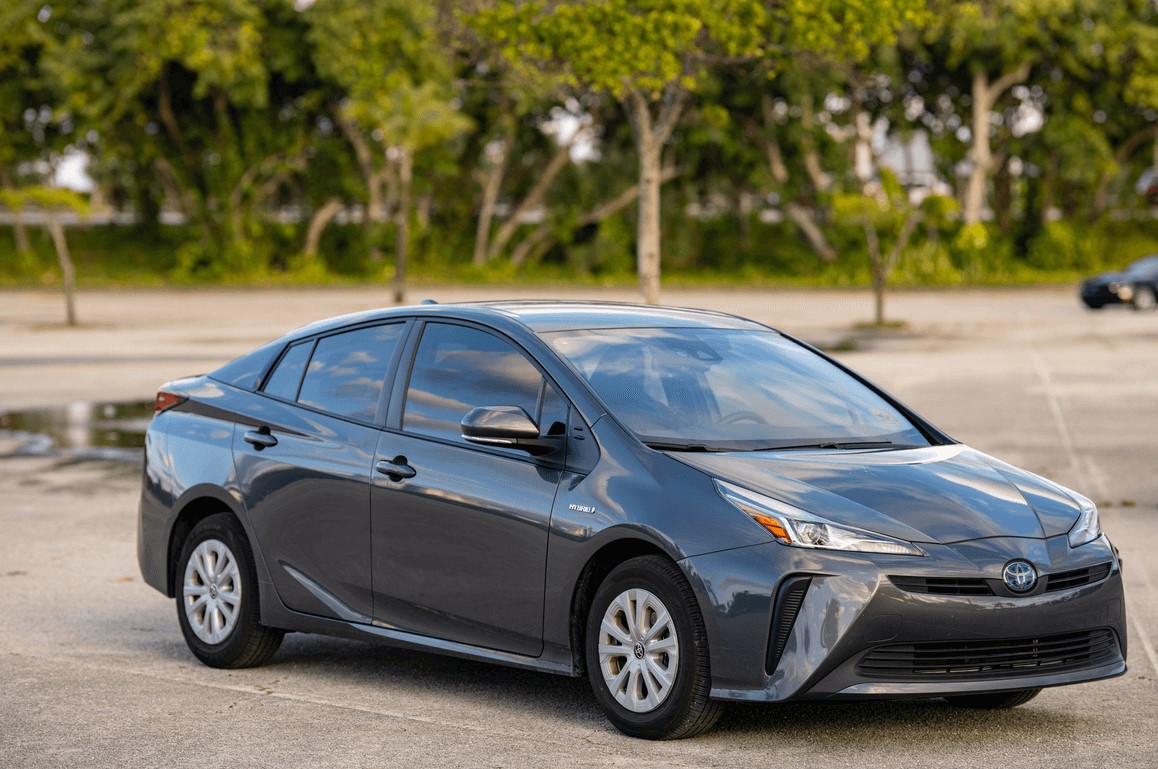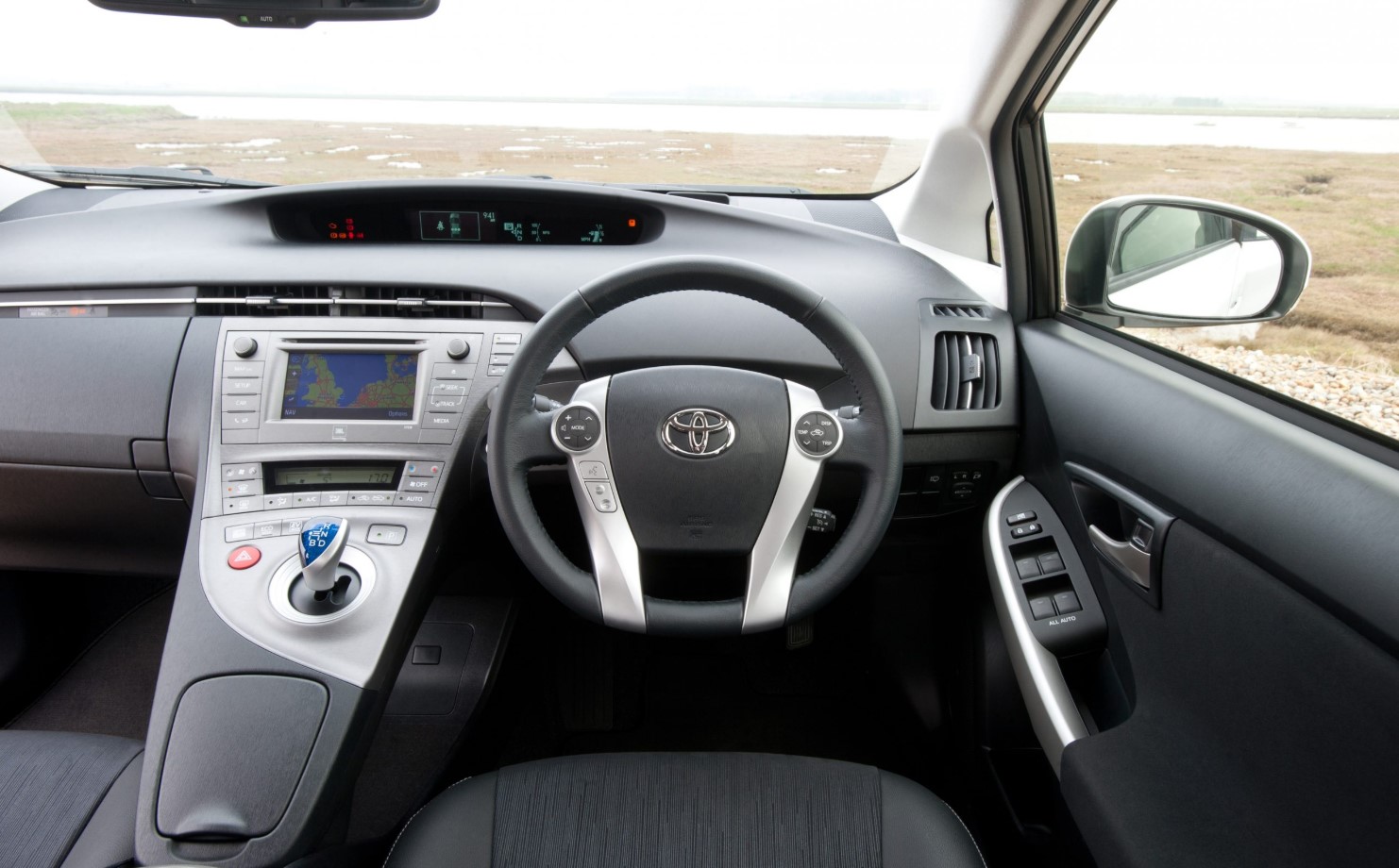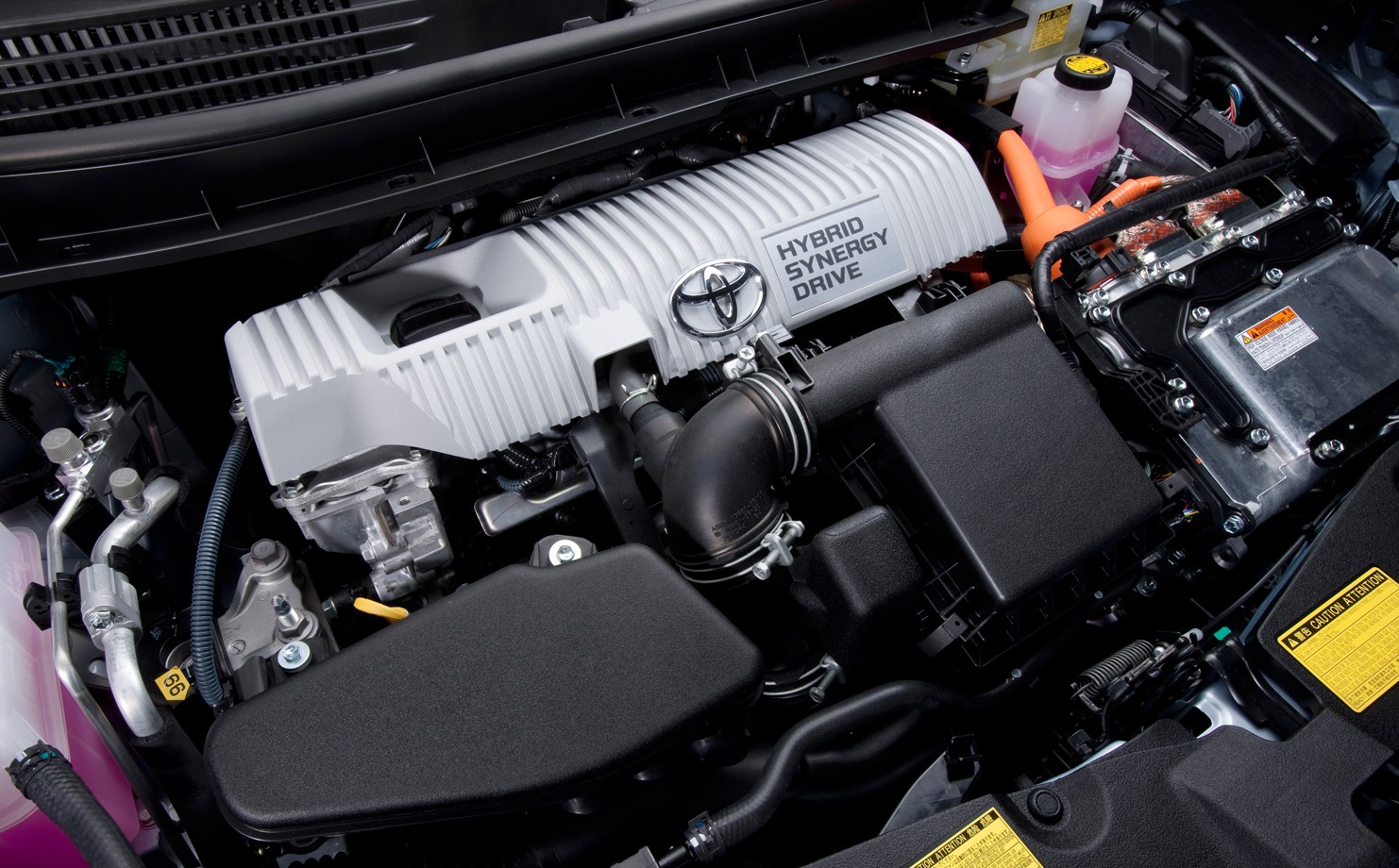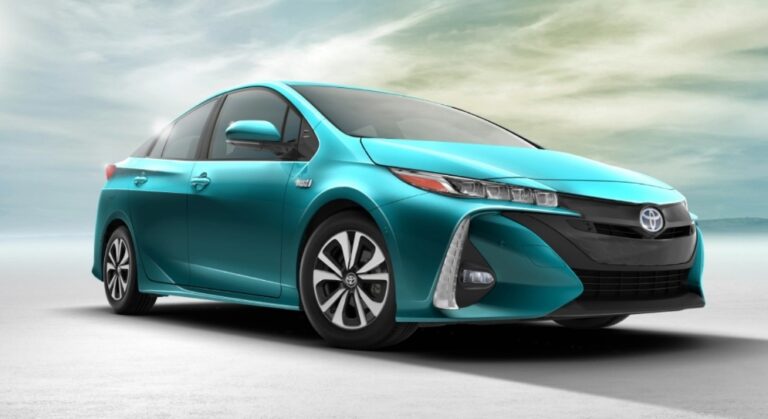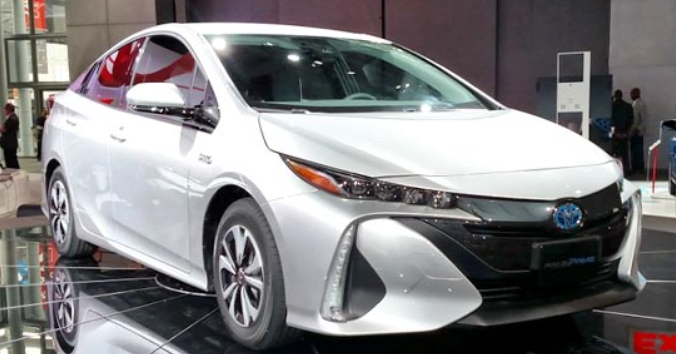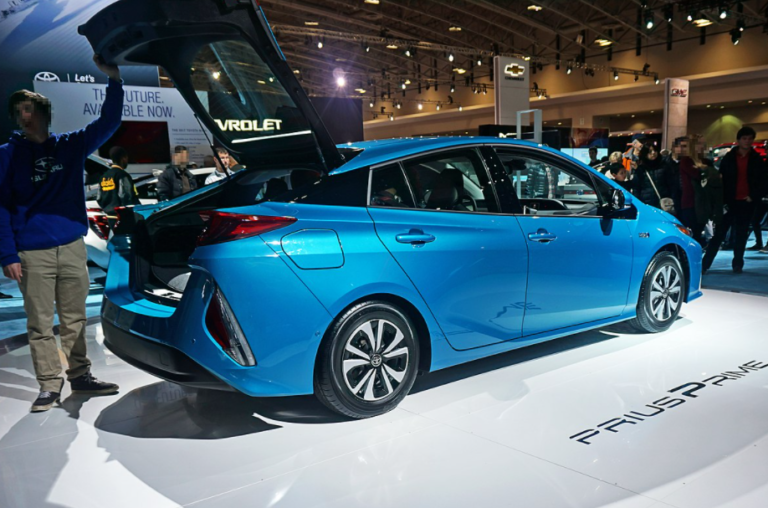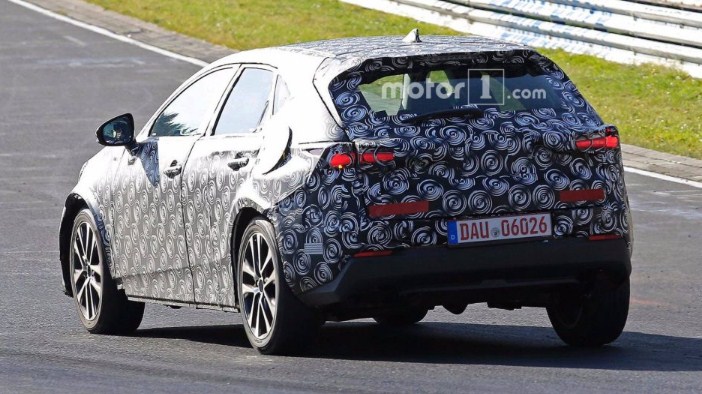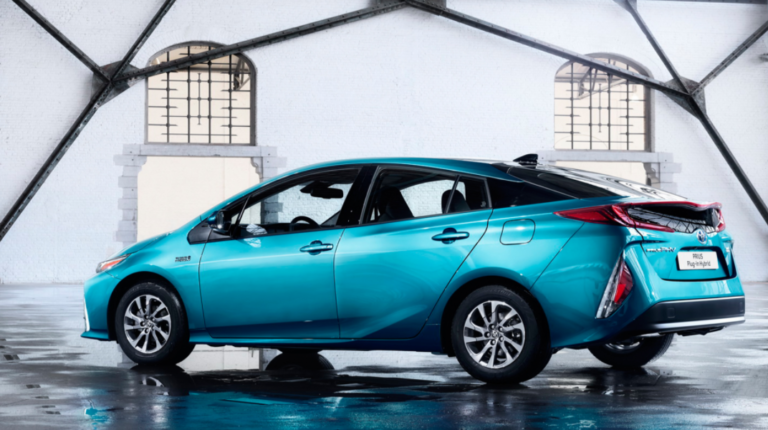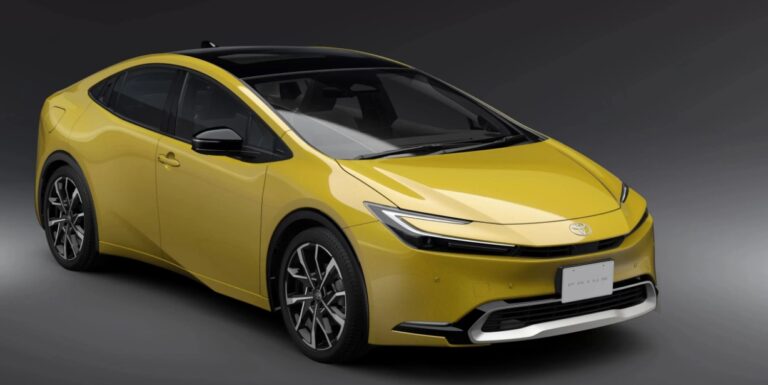2027 Toyota Prius Review, Specs, Interior
2027 Toyota Prius Review, Specs, Interior – The 2027 Toyota Prius arrives with a complete refresh aimed at maintaining its edge in the increasingly crowded hybrid market. We’re seeing a more streamlined body, a refined chassis, and subtle aerodynamic enhancements to squeeze out every drop of efficiency. The sleeker nose and tighter rear end aren’t just aesthetic—they improve airflow and contribute to the vehicle’s improved drag coefficient. Toyota has integrated advanced modular components across the TNGA-C platform to support future hybrid advancements and weight optimization. 2027 Toyota Prius Review
Table of Contents
2027 Toyota Prius Redesign and Update Plan
Exterior & Interior
The Prius’ silhouette now leans more aggressively forward with a cab-forward design, slim DRLs, and sculpted sides that give it a more athletic, coupe-like stance. Gone is the bulbous, appliance-like profile of early generations. In its place, Toyota delivers a far more visually engaging shape that complements the vehicle’s futuristic mission. We appreciate the expanded exterior palette, with bold new colors like Infrared Pearl and Neptune Frost bringing a punch of personality rarely associated with hybrids.
Inside, the 2027 Prius feels like a legitimate upgrade. The dash is wider and lower for improved visibility, while an available 12.3-inch touchscreen dominates the center stack with Toyota’s latest Smart Connect OS. There’s a clear move toward tactile quality—soft-touch materials now cover most surfaces, accented by real aluminum trim in the Premium and Limited trims. Ambient lighting has been added to strategic areas like door cards and footwells, elevating the cabin to near-luxury territory without overstating it.
The ergonomics are noticeably improved, too. Toyota engineers revised seat geometry to reduce fatigue on long commutes, and the driver display now sits above the steering wheel in a floating configuration—reducing eye movement and increasing focus. Rear passengers benefit from additional legroom thanks to a stretched wheelbase, and cargo capacity has been modestly expanded despite the sleeker exterior profile. This is no longer just a hybrid for the pragmatist—it’s now one that satisfies design-conscious buyers as well.
We also notice a stronger focus on technology integration. Toyota’s new infotainment architecture gets baked in, offering over-the-air updates for the first time on the Prius. That means less dealership dependency and better long-term ownership. Engineers worked hard to improve cabin quietness by reinforcing structural dampening and adding a noise-absorbing windshield—significantly reducing wind and road noise for a more refined driving experience. These changes reflect Toyota’s commitment to making the Prius not just a mileage machine, but a daily driver worth looking forward to.
Visually, the 2027 Prius boasts reshaped LED lighting, integrated aero blades along the fenders, and flush door handles to modernize its appearance. A newly available Solar Roof Panel package feeds supplemental power to accessories and climate systems, extending real-world efficiency. Toyota’s update plan is deliberate, not flashy, and it shows: this Prius feels less like a compromise and more like a design-forward eco-sedan meant to stand out in any parking lot.
2027 Toyota Prius Specs
Engine & Performance
Toyota’s fifth-generation hybrid system powers the 2027 Prius, blending a 2.0-liter inline-four gas engine with an upgraded electric motor and lithium-ion battery. Total system output is now rated at 196 horsepower for the standard hybrid and up to 220 horsepower for the Prius Prime plug-in variant. That’s a noticeable jump from prior models, and it translates into better low-end torque and smoother acceleration. This Prius doesn’t just roll away from stoplights—it surges forward with real confidence.
One of the most exciting enhancements is the available e-AWD system. Unlike older setups, this version uses a more powerful rear motor to supply instantaneous grip in poor weather without adding weight or complexity. Acceleration from 0–60 mph is now in the mid-6-second range for the Prime model, making it faster than most compact sedans. Even with this performance boost, Toyota promises minimal compromise to efficiency or emissions, reinforcing the brand’s long-standing hybrid leadership.
Handling has improved thanks to chassis tuning borrowed from the Corolla and Camry hybrid programs. Lower center of gravity, better steering feel, and a retuned suspension setup mean the 2027 Prius feels far more planted and composed than before. The regenerative braking system has also been reprogrammed for smoother pedal response, offering near-seamless transitions from friction to regen braking. It’s still a Prius at heart—but now it behaves like a real driver’s car when called upon. 2027 Toyota Prius Review
2027 Toyota Prius Fuel Economy
The 2027 Toyota Prius continues its reign as the fuel economy king. Base hybrid models return up to 59 mpg city and 56 mpg highway, while AWD variants drop only slightly to 54/52 mpg. The plug-in Prius Prime boasts an all-electric range of up to 53 miles, making it ideal for most daily commutes without burning a drop of gasoline. With a Level 2 charger, the Prime’s battery replenishes in under four hours. For eco-minded consumers, no other hybrid comes close in real-world versatility.
2027 Toyota Prius Safety Features
Toyota continues its commitment to safety by equipping every 2027 Prius with the latest Toyota Safety Sense 4.5 suite. This includes next-gen Pre-Collision with Pedestrian and Cyclist Detection, Full-Speed Dynamic Radar Cruise Control, Lane Tracing Assist, and Intersection Support with Turn Assist. What’s more, Highway Hands-Free Assist is now available in higher trims, offering limited hands-free driving on select roadways with constant driver monitoring.
New for this model year is Predictive Eco Drive, which uses real-time traffic data and navigation inputs to suggest the most efficient throttle behavior for upcoming terrain and stoplights. It’s a subtle feature but offers measurable gains in stop-and-go scenarios. Toyota also adds a Driver Attention Monitoring system with facial recognition that alerts the driver when signs of fatigue or distraction are detected—standard on all trims.
In crash protection, the 2027 Prius continues to meet top-tier expectations. It’s built on the TNGA-C platform, reinforced with additional high-tensile steel and side-impact reinforcements. In NHTSA testing, early prototypes scored five-star results across all crash categories. Available add-ons include a surround-view camera system, Safe Exit Assist to prevent door openings into oncoming traffic, and a full-color head-up display. This is Toyota doubling down on both passive and active safety without compromise.
2027 Toyota Prius Release Date & Price
Pricing sees a modest uptick in 2027, reflecting the elevated tech and design elements. Base LE models start around $29,500, while the XLE hybrid climbs to $33,000. The loaded Limited trim—with AWD, solar roof, and HUD—pushes into the $39,000 range. The Prius Prime begins around $34,000 and tops out near $42,000 in Premium spec. Despite the price increase, we still find the Prius lineup competitive when considering standard features and lifetime fuel savings.
Toyota confirms the 2027 Prius will arrive at dealerships in early spring 2027, with pre-orders opening by December 2026. Regional availability will begin in California and Northeast states due to ZEV incentives, followed by a nationwide rollout by mid-year. Fleet and government orders are also expected to spike thanks to lower emissions compliance and total cost of ownership metrics. Toyota’s strategy clearly positions the new Prius not just as a flagship hybrid—but as a futuristic commuter ready for the next decade. 2027 Toyota Prius Review
